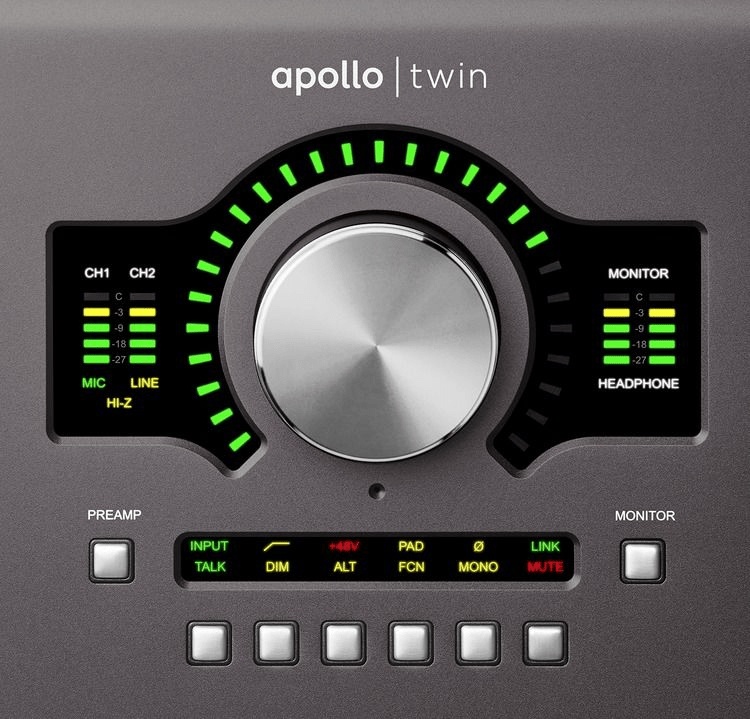

Because these devices use a proprietary Lightning port, USB audio interfaces don’t natively connect to them. There are also audio interfaces specifically designed for the Apple iPhone and iPad. Most digital audio interfaces are USB interfaces, which means they connect to a computer using a USB cable. In both cases, you activate this current by pushing a button or flipping a switch. This kind of current might be labeled as phantom power on your interface, or it might be labeled +48v. Most audio interfaces can provide this current, which flows from a power source (like your computer) through the interface and into the microphone using an XLR cable.

A condenser microphone requires external power to maintain a flow of electrical current. This can improve overall podcast sound quality on ultra-high gain audio inputs.

To fix that, you can cut a certain number of decibels by flipping on the pad. If you have an overly loud signal coming through your microphone, it will cause distortion and clip the high frequencies. A passive attenuation device (known by the acronym PAD though usually spelled in lower-case letters as “pad”) is a mechanism that limits the signal coming through a microphone and into your audio interface. (Some of the best microphones for podcasts, like the Shure SM7B, have high impedance and have to be driven by a powerful preamp to boost their volume and capture the full range of audio frequencies.) This can be great for boosting mics with high impedance, meaning they need an external source of power to produce a strong audio signal. Next to each mic input, you should see a knob that controls the amount of gain you add to an audio signal. XLR is the gold standard for mic inputs because it has a balanced signal that cuts out background noise and hiss. Some may offer inputs for 1/8-inch plugs as well, but that’s less common. Most audio interfaces include ports for 3-prong XLR inputs as well as ports for 1/4-inch cables. A quality audio interface typically includes the following components:


 0 kommentar(er)
0 kommentar(er)
